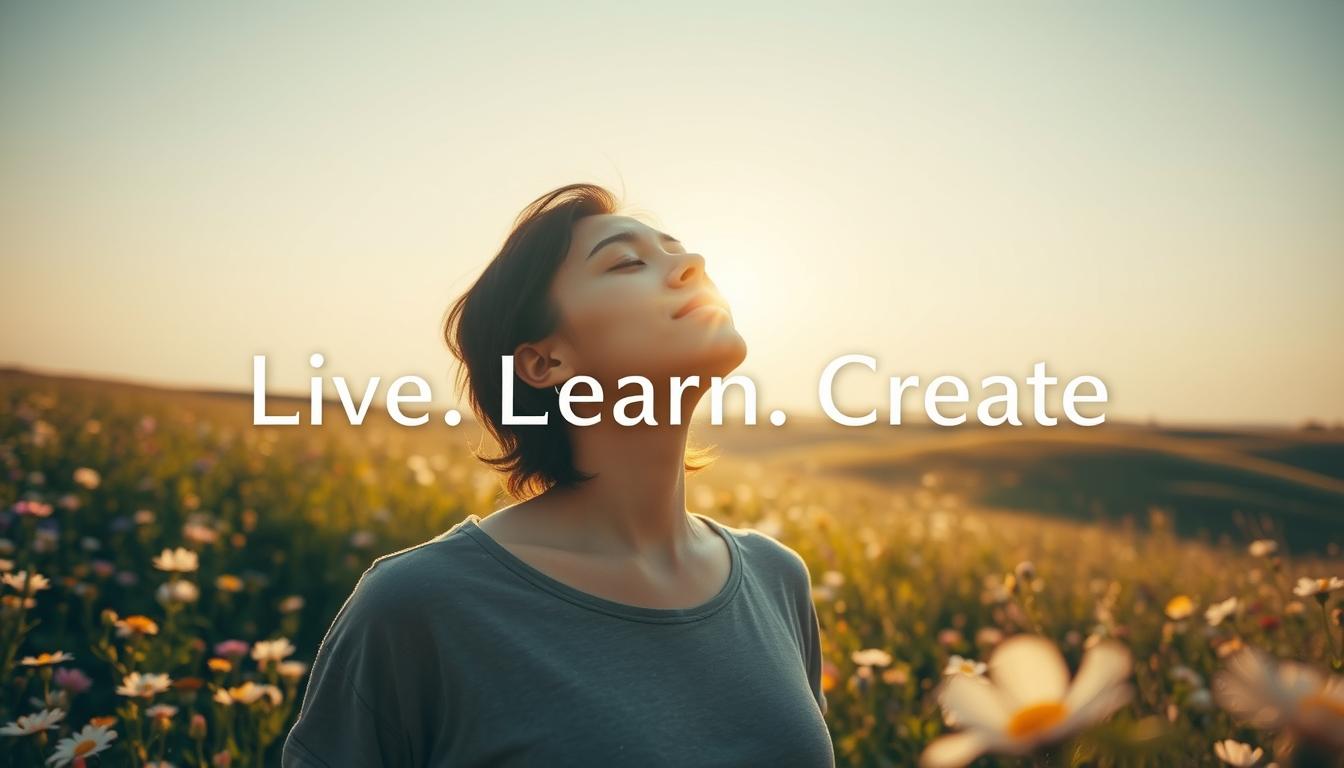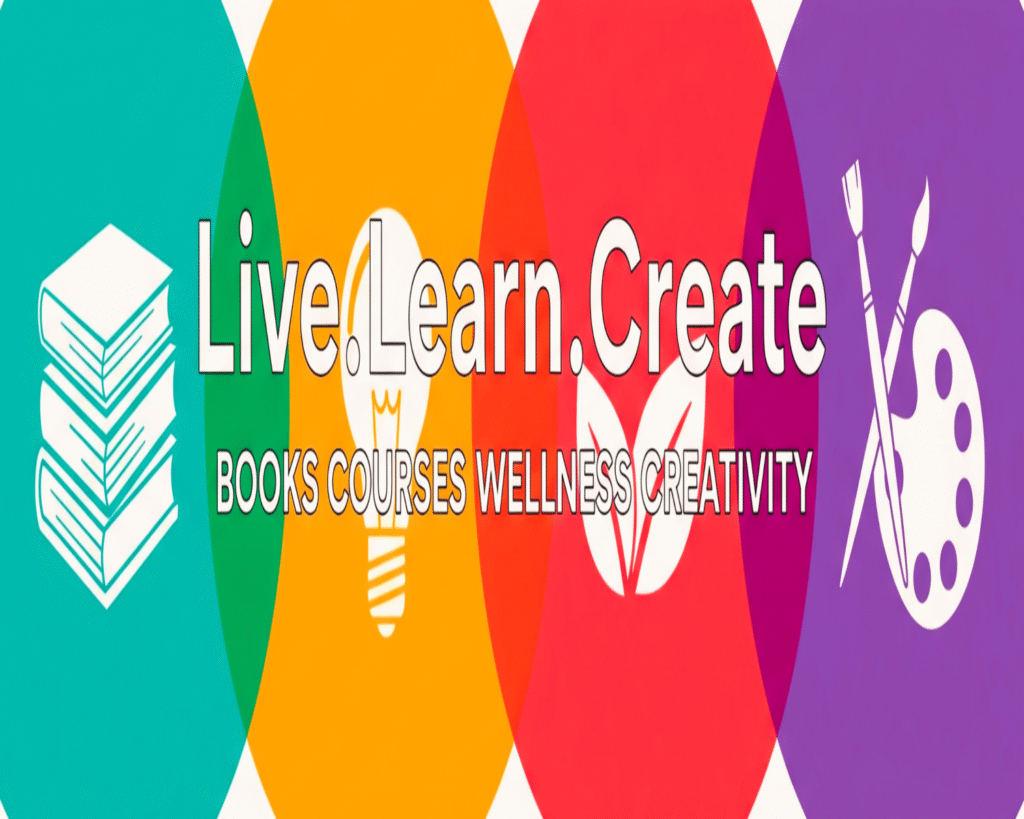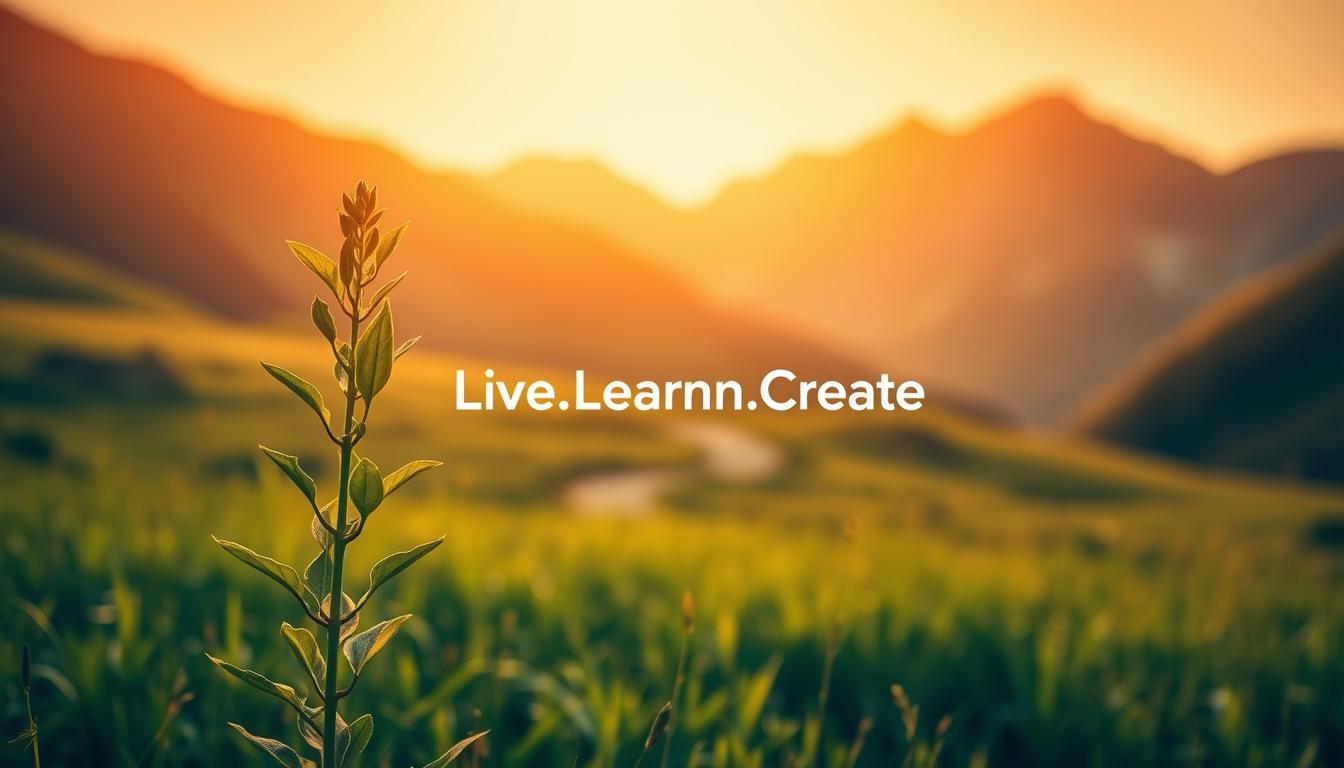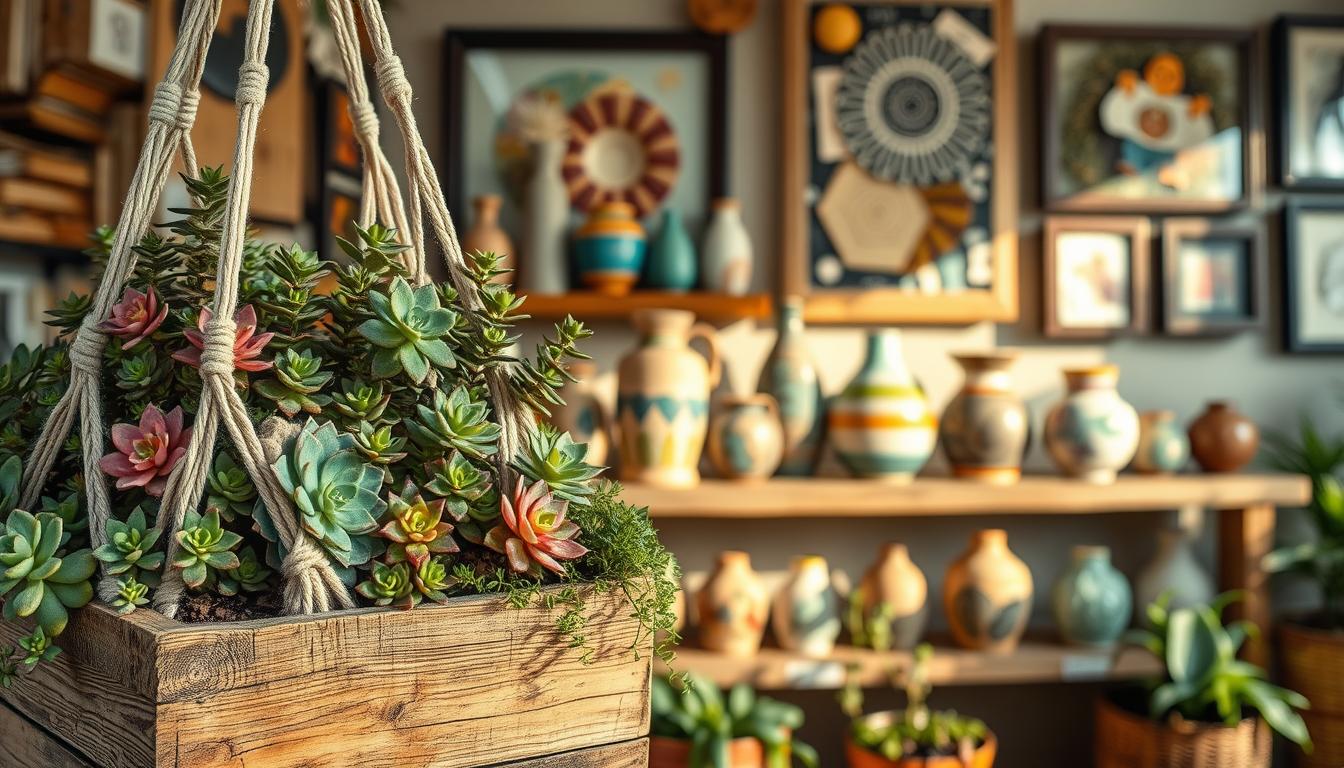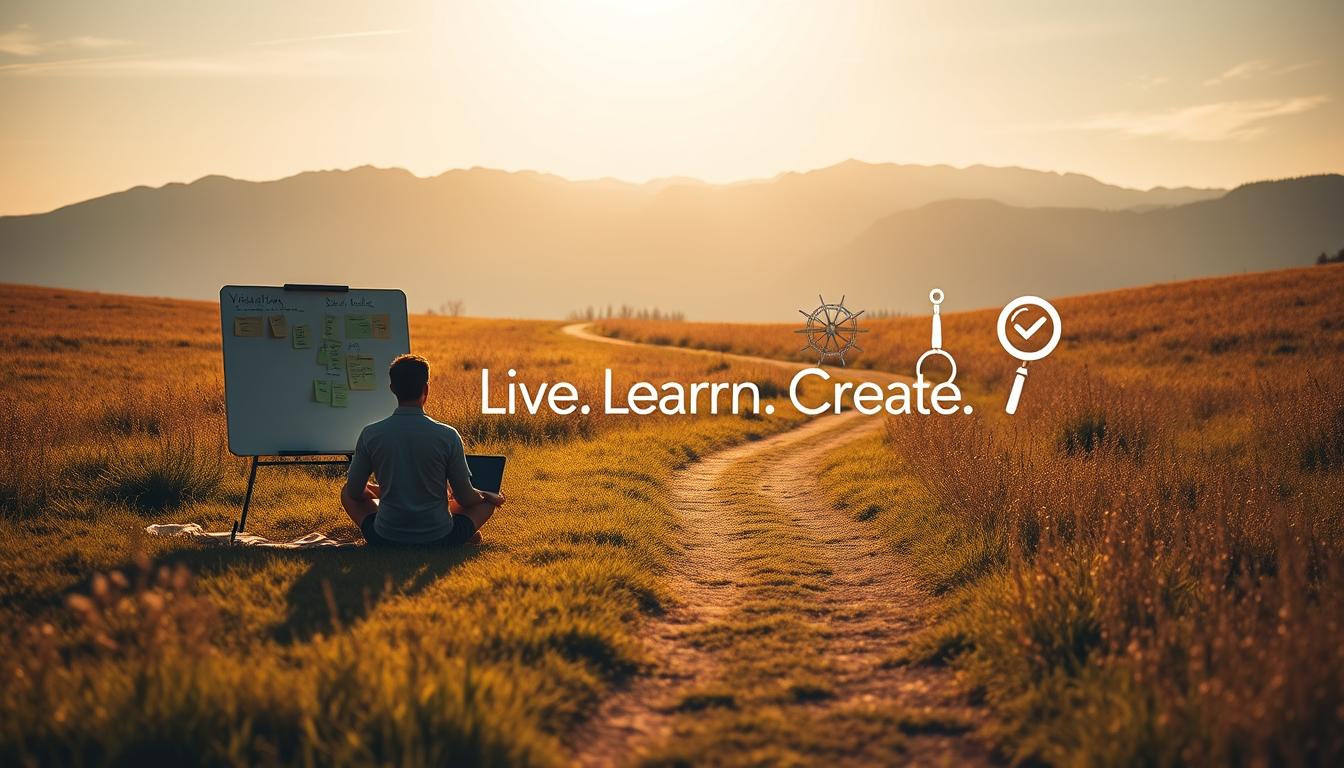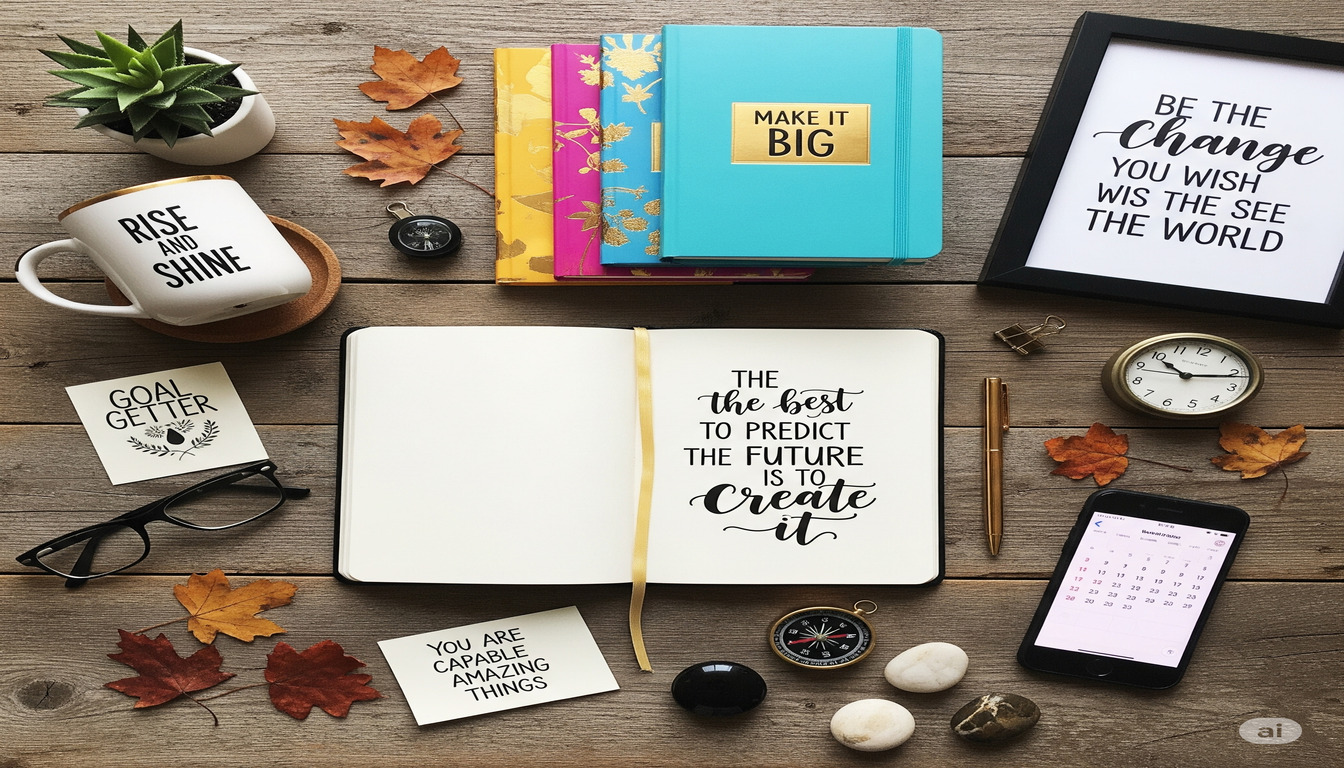“People will forget what you said, people will forget what you did, but people will never forget how you made them feel.” – Maya Angelou’s timeless words remind us why understanding feelings shapes our lives more than we realize. What if I told you this wisdom holds the secret to thriving in work, relationships, and personal growth?
You’ve probably met someone who handles stress with calm clarity or builds trust effortlessly. They don’t just rely on book smarts – they’ve mastered something deeper. This skill set helps you navigate conflicts, communicate with purpose, and turn setbacks into stepping stones. It’s not about suppressing emotions, but harnessing them to create meaningful connections and lasting success.
The best part? Unlike fixed traits, this ability grows with practice – whether you’re 25 or 65. Imagine approaching tough conversations with calm confidence, or leading teams with genuine empathy. That’s the power of sharpening your EQ, a lifelong journey that reshapes how you show up in every part of life.
Key Takeaways
- EQ transforms how you handle stress, communication, and relationships
- Builds resilience during challenges at work and home
- Strengthens self-awareness and decision-making skills
- Creates authentic connections through empathy
- Improves continuously through mindful practice
Understanding Emotional Intelligence and Its Impact on Your Life
Ever notice how some coworkers stay cool during tight deadlines, or why certain friends make tough conversations feel effortless? That’s not luck—it’s a practiced skill set reshaping how we navigate challenges. Research shows 58% of job success stems from these abilities, with companies now valuing them as much as technical expertise.
The Role of Self-Awareness and Self-Management
Knowing your triggers is step one. When you pause to ask, “Why does this situation bother me?”, you uncover patterns shaping your reactions. This awareness becomes your superpower—letting you choose responses instead of knee-jerk reactions. Manage emotions effectively, and stress loses its grip. Blood pressure stabilizes. Sleep improves. Suddenly, chaos feels manageable.
How EQ Enhances Relationships and Mental Health
Empathy acts like social glue. Reading a partner’s tired sigh or a colleague’s hesitant tone helps you respond with care rather than criticism. These moments build trust—the foundation of lasting relationships. Studies link strong social connections to 50% higher survival rates, proving emotional skills impact more than moods. Over time, this practice strengthens mental health, reducing anxiety’s hold by helping you process feelings before they spiral.
Think of EQ as your internal compass. It guides how you collaborate on projects, comfort a struggling friend, or recharge after a draining day. Like any skill, it grows brighter with use—and the rewards multiply in every area of life.
Recognizing the Four Pillars of Emotional Growth
Imagine constructing a resilient home where every room serves a unique purpose in sheltering your growth. Just like strong architecture needs four load-bearing walls, thriving in relationships and challenges relies on mastering core skills that shape how we understand ourselves and connect with others.

Your Inner Compass: Self-Awareness and Management
Self-awareness acts like a mirror. It lets you spot frustration bubbling up during traffic jams or recognize joy in small victories. This clarity becomes your anchor. When you manage reactions instead of letting them control you, tough decisions feel less overwhelming. Pausing to breathe before responding? That’s skills in action.
Seeing Beyond Yourself: Social Bonds
Ever noticed how great teachers sense when students feel lost without a word? That’s social awareness – reading subtle cues like crossed arms or hesitant smiles. Pair this with relationship management, and you create spaces where others feel heard. It’s not about fixing problems, but offering presence that says, “I see you.”
These pillars work together like seasons. Winter’s stillness (self-reflection) gives way to spring’s action (response). Summer’s warmth (connection) flows into autumn’s harvest (collaboration). Nurture each one, and watch how challenges transform into stepping stones.
Building Your Personal Emotional Intelligence Toolkit
Think of your toughest day this month – that moment when deadlines piled up or a conversation left you rattled. What if you had trusted allies ready to help you reset? Your EQ toolkit isn’t about complex strategies, but practical ways to reconnect with your calm center when life feels overwhelming.
https://www.youtube.com/watch?v=pu_4gqngE-k
Quick Stress Relief Techniques for Everyday Life
Your body holds wisdom. When tension rises, try the 5-4-3-2-1 method: Name five things you see, four you can touch, three you hear, two you smell, one you taste. This sensory practice pulls you back from racing thoughts. Keep a stress-relief playlist or peppermint oil in your bag – tiny anchors that steady you during chaotic moments.
Mindfulness and Meditation Practices to Stay Centered
Mindfulness isn’t about emptying your mind – it’s noticing thoughts like passing cars. Start with three-minute breathing sessions: Inhale for four counts, hold for two, exhale for six. Feel your body soften with each breath. Over time, this practice builds mental muscle to handle anxiety without getting swept away.
Your toolkit grows through experimentation. Maybe humming your favorite song eases your heart, or doodling quiets your mind. There’s no “right” way – only what helps you regain balance. As one teacher told me, “The best tool is the one you’ll actually use when storms hit.”
Developing Self-Awareness to Effectively Manage Emotions
Have you ever noticed how your shoulders tense during a heated discussion or your breath quickens before an important meeting? These physical whispers often reveal more about our inner state than words ever could. Tuning into these signals helps us respond thoughtfully rather than react impulsively.

Identifying and Understanding Your Feelings
Start by asking: “Where do I feel this in my body?” A clenched jaw might signal frustration, while fluttering butterflies could mean excitement. These sensations act as messengers – decoding them helps you manage emotions before they escalate.
Try this exercise three times daily: Pause to name your current feelings. You might discover patterns – like midday energy dips triggering irritability. As psychologist Susan David notes, “Our emotions contain data about what matters most to us.”
Key practices include:
- Tracking physical responses to daily events
- Labeling specific emotions instead of vague “stress”
- Noticing how feelings influence decisions
When you pay attention to these cues, you gain power to choose responses aligned with your values. It’s not about controlling every emotion, but understanding their ebb and flow like ocean tides. This awareness becomes your compass through life’s storms.
Strengthening Relationship Management Skills
How often do conversations leave you feeling disconnected even when words seem right? True connection thrives when we master the dance between speaking and listening. Let’s explore practical ways to build bridges that turn everyday interactions into opportunities for growth.
Effective Communication Strategies
Your eyebrows might reveal more than your resume. Studies show 65% of meaning comes from nonverbal cues like eye contact and posture. Lean slightly forward during chats – it signals engagement without words. Mirroring others’ gestures subtly builds rapport, creating invisible threads of trust.
| Aspect | Impact | Practical Tip |
|---|---|---|
| Facial Expressions | Conveys authenticity | Relax forehead muscles during tense talks |
| Voice Modulation | Prevents misunderstandings | Pause for 2 seconds before responding |
| Active Listening | Deepens connections | Nod while repeating key phrases |
Using Humor, Conflict Resolution, and Empathy
Shared laughter works like social glue. A well-timed joke about coffee mishaps can ease meeting tension. But true skill lies in reading when humor helps – and when silence speaks louder.
View disagreements as collaboration puzzles rather than battles. Ask: “What’s the unmet need here?” This shift helps find solutions serving everyone. Empathy becomes your compass, guiding you to acknowledge others’ perspectives before presenting yours.
Remember, even small changes create ripple effects. A colleague once told me, “You’re the first person who noticed I changed my glasses.” That moment of attention strengthened our working relationship for years. What bridges will you build today?
Mastering Emotional Intelligence in Everyday Life
Everyday moments hold hidden classrooms where we can practice understanding ourselves and others. Picture your morning commute – that driver who cut you off becomes a chance to notice rising irritation without letting it steer your behaviors. These micro-choices shape your day more than grand gestures.

At work, try this: Before replying to a tense email, stand up and stretch. Physical movement creates space between stimulus and response. You’ll often find clearer words emerge when blood flows to your brain instead of your frustration centers.
Even grocery store lines teach lessons. Observe how you react to slow cashiers – do you tap your phone angrily or chat with the person beside you? One feeds stress, the other builds connection. As author Roman Krznaric suggests, “Curiosity about strangers is revolutionary in a world of quick judgments.”
The true test comes when skills become second nature. That moment you laugh instead of snapping at spilled coffee. Or when you sense a friend’s quiet sadness behind their smile. These shifts don’t require extra time – just present-moment attention.
Your development grows through consistent small wins. Celebrate when you pause to breathe during arguments or choose empathy over impatience. Like learning a language, fluency comes through daily practice in real-life conversations – not perfect theory.
Integrating EQ Strategies at Work and in the Classroom
Picture a team meeting where colleagues name their energy levels using colors instead of vague phrases. “I’m in yellow today – excited to brainstorm!” This shared language comes from tools like the Mood Meter, a simple grid helping groups identify feelings. Red signals high-energy frustration, blue low-energy sadness, green calm focus, and yellow joyful enthusiasm. By naming these states, we create spaces where learning thrives through honest communication.
Utilizing Tools Like the Mood Meter
The RULER method transforms how we handle emotions. At its core: Recognize physical cues like clenched fists or quickened breath. Understand what triggered them. Label feelings precisely – is it disappointment or resentment? Express thoughts respectfully. Regulate responses through techniques like box breathing. In work settings, this builds teams that navigate stress with clarity rather than conflict.
Supporting Emotional Learning for Growth
Classrooms using these strategies see remarkable shifts. Students who track their feelings on mood meters develop sharper attention spans and problem-solving skills. Studies show children practicing these skills achieve 11% higher grades while forming stronger peer bonds. For adults, daily check-ins using color codes foster self-awareness that ripples into better decision-making.
Whether guiding a project group or teaching third graders, EQ tools help us meet challenges with curiosity instead of fear. As one teacher shared: “When my class names their emotions, the room feels lighter – like we’re all rowing the same boat.” That’s the power of giving feelings a shared vocabulary.
FAQ
How does self-awareness help in daily stress management?
Noticing your physical reactions—like a racing heart or tense shoulders—helps you catch rising stress early. This awareness lets you pause and choose calming strategies before emotions escalate, creating space for clearer decisions.
Can relationship skills improve team dynamics at work?
Absolutely. Active listening and recognizing colleagues’ nonverbal cues build trust. Teams that communicate effectively resolve conflicts faster and collaborate more creatively, turning friction into productive energy.
What’s a practical way to start using the Mood Meter tool?
Begin by checking in with yourself 3x daily. Rate your energy level (high/low) and pleasantness (positive/negative). Plot these on the Mood Meter’s grid—this simple practice sharpens your emotional awareness like a muscle memory workout.
Why does humor matter in tough conversations?
Well-timed lightness defuses tension without dismissing feelings. It signals safety, helping others lower their guard. Think of it as social glue—it keeps connections flexible even when discussing difficult topics.
How can teachers model EQ for students effectively?
Share your own “feeling moments” openly. Say, “I felt frustrated when the projector failed, so I took three deep breaths.” This shows students that managing emotions is a learnable skill, not innate perfection.
What’s the fastest way to reset during overwhelm?
Try the 5-4-3-2-1 grounding technique: Name 5 things you see, 4 you feel, 3 you hear, 2 you smell, 1 you taste. It anchors you in the present, disrupting the stress spiral in under a minute.
Transform your home into a more peaceful and mindful sanctuary. Creating a Zen-inspired home environment is a core part of the “Live.Learn.Create” theme, focusing on peace, mindfulness, and a clutter-free space. Here is a curated list of Zen home items.
The Zen Essentials
These items are the building blocks of a calm, intentional living space.
- Candles & Scents:
- Scented Candles: Look for calming, natural scents like sandalwood, lavender, white tea, or bergamot. Choose candles made with soy or beeswax for a clean burn.
- Essential Oil Diffusers: A minimalist, sleek diffuser made of bamboo, ceramic, or glass.
- Essential Oil Sets: Look for blends specifically for relaxation, focus, or sleep.
- Incense & Burners: Natural incense sticks (e.g., palo santo, sage) with a simple, elegant burner.
The Zen Decor
This is about incorporating natural elements and simple design.
- Natural Materials:
- Wood or Bamboo Trays: For organizing candles, stones, or other small items.
- Ceramic Vases: Simple, unglazed ceramic vases in neutral colors like white, beige, or gray.
- Minimalist Art: Simple line drawings, abstract prints, or nature-inspired artwork.
- Hand-Carved Stone Coasters: Or other small stone sculptures.
- Textiles:
- Linen or Cotton Throws: A soft, neutral-colored throw blanket to add warmth.
- Jute or Sisal Rugs: These add natural texture and grounding to a space.
- Meditation Cushions (Zafu) & Mats (Zabuton): These provide comfort for meditation and add a serene touch to a room.
The Zen Ambiance
These items help create a peaceful sensory experience.
- Lighting:
- Himalayan Salt Lamps: These provide a warm, soft glow.
- Japanese-style Paper Lanterns: For a soft, diffused light source.
- Dimmable Smart Bulbs: To easily control the warmth and brightness of your lighting.
- Sound:
- Tabletop Water Fountains: The gentle sound of running water is incredibly calming.
- Wind Chimes: Made from natural materials like bamboo or metal for a soft sound.
- Bluetooth Speakers: Small, aesthetically pleasing speakers for playing ambient or meditation music.
- Nature:
- Bonsai Trees or Air Plants: Low-maintenance indoor plants that bring life and a touch of nature indoors.
- Zen Gardens: A small, tabletop sand garden with a rake and stones for a meditative ritual.
- Decorative Rocks & Pebbles: For bowls or as a decorative element.
Best Sellers https://amzn.to/3Vet1tI
New Releases https://amzn.to/4mwLjTi
Amazon Movers & Shakers https://amzn.to/4fPsZlP
Mindfulness Coloring Books https://amzn.to/4fQ0wMx
Personal Growth Coloring Books https://amzn.to/4lJeRf0
Health & Wellness https://amzn.to/4oRt24C
Zen Home Decor https://amzn.to/3VeA3i6
Zen Garden Decor https://amzn.to/4mXjT8D
Zen Garden https://amzn.to/3HQTVVB
- Mindfulness & Meditation:
- Physical Wellness:
- Habit & Productivity Tools:
- Books:
- Best-selling personal development books (Mindset, The 7 Habits of Highly Effective People, The Subtle Art of Not Giving a F*ck)
- Books on a variety of skills (coding, photography, writing.)
- Educational Gadgets:
- Smart pens that digitize notes (e.g., Rocketbook)
- Portable scanners for digitizing documents
- Laptops, tablets, and accessories
Create (Creativity, Innovation, Projects)
These products cater to your creative side, whether you are a artists, writer, or DIY enthusiasts.
- Creative Supplies:
- Adult coloring books or “paint-by-sticker” books
- Craft kits (e.g., candle-making, pottery, embroidery)
- Digital Creation Tools:
- General Inspiration & Making:

